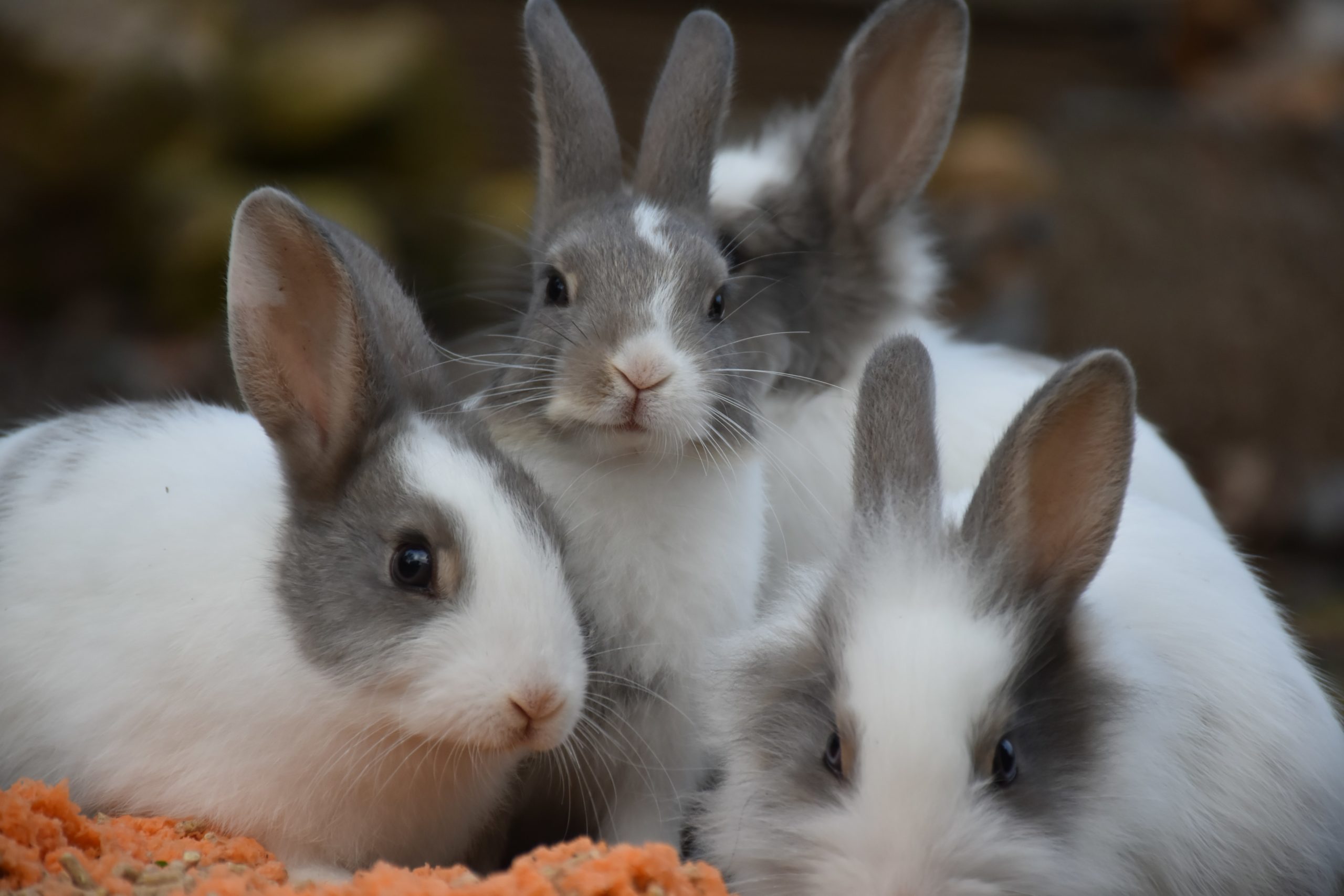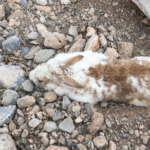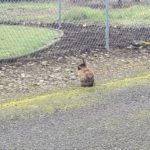
How To Spot a Domestic Rabbit
Rabbits are one of the most prolific species of animals and can be found in almost every environment. They have proven to be quite adaptable to most environments. A great example of this are the European rabbits found in Australia that have multiplied at a great rate after being introduced to the continent in the 18th century.
People may assume that because you see wild rabbits all over the world, their domestic counterparts should be able to do just as well in the wild. Unlike other commonly kept domestic animals, rabbits still have a lot of the same features of the species they were domesticated from: the European rabbit. They share similar social, exploratory, and locomotor behaviors (DiVincenti Jr & Rehrig, 2016).
Chances are if you live in North America, the wild rabbits you often see outside are of the cottontail species. Here in New York, we see New England cottontails and Eastern cottontails, with their agouti coloring, short ears, and large feet.

These rabbits are extremely fast and do not let people handle them. They are easy to spot in more rural parts of the country and typically keep to themselves. It is best to leave these rabbits alone.
Domestic rabbits come in different sizes and colours. They are morphologically quite different from any wild rabbit. There are over 30 different breeds of domestic rabbits!

Domestic rabbits have not evolved to survive outside, unlike their wild counterparts. Unfortunately, it is common practice for unwanted pet rabbits to be left in a park. All rabbits proliferate quickly, so one can turn into many very quickly. Whole ecosystems have been changed from the dumping of non-traditional pets (Schuppli, Fraser, & Bacon, 2014).
Found a domestic rabbit?
Remember, if you see a domestic rabbit outside in the city, park, etc., please notify your nearest rabbit rescue. As stated before, these creatures are not adapted to survive in these areas. They are subject to the elements, predators, and human activity.
As an example, I would like to highlight the rabbits dumping ground in Las Vegas. Rusty & Furriends: Vegas Dumpsite Bunnies is a rescue that has helped many of the rabbits dumped in the desert, sometimes in closed boxes. The condition of these rabbits is often horrendous, and many of the rabbits have succumbed to the severity of their conditions. Please check out their Facebook page to see some of these rabbits and how the rescue was able to save many of them.
The bunnies thank you!
References
- DiVincenti Jr, L., & Rehrig, A. N. (2016). The social nature of European rabbits (Oryctolagus cuniculus). Journal of the American Association for Laboratory Animal Science, 55(6), 729-736.
- Schuppli, C. A., Fraser, D., & Bacon, H. J. (2014). Welfare of non-traditional pets
Article written by:

Amanda Puitiza
Amanda Puitiza is a Peruvian American with a Master’s in Animal Behaviour and Conservation. Her career goals are to partner with others and use inter-disciplinary methods to help with the conservation of species in need. She has had and worked with rabbits for most of her life. When she is not enjoying time with animals, she can often be found reading or creating music.



